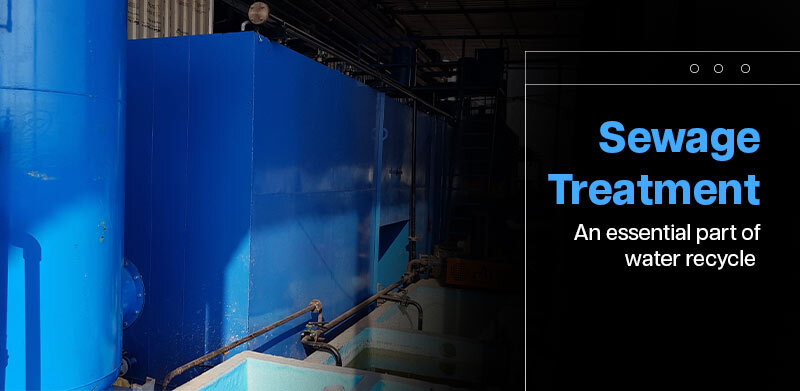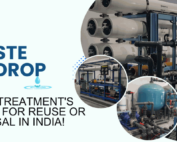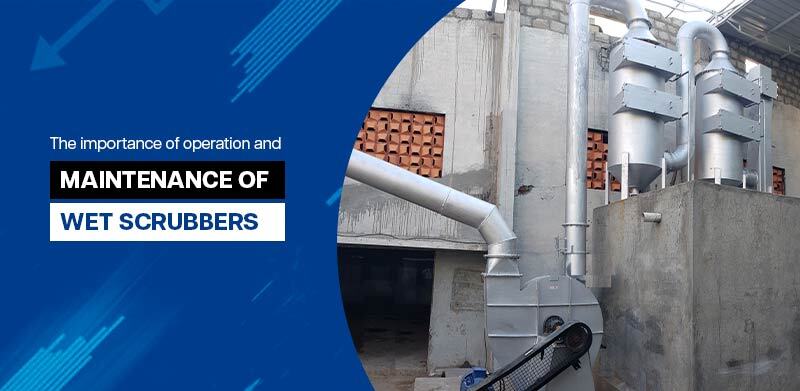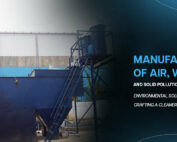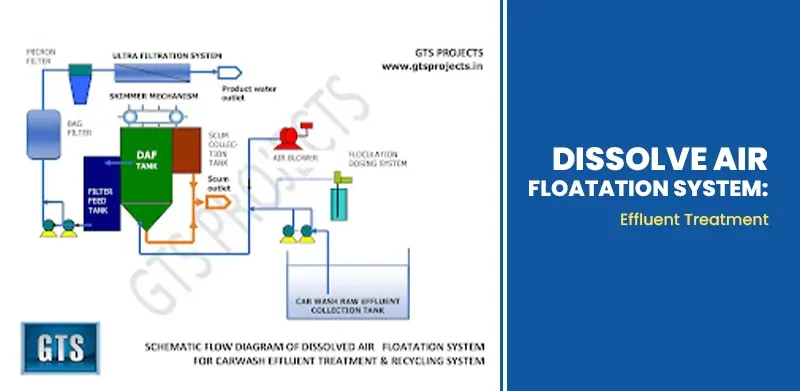GTS Projects- A Comprehensive Guide for Sewage Treatment Plant
What is Sewage?
Sewage is the wastewater that generated by human beings for their domestic use (toilet, bath, canteen, laundry)
How much Sewage is generated in a residential complex?
The quantity of sewage consumed is estimated as 135 – 200 litters per day per person residing. The total quantity (No. of persons residing X 135 -200 litres) has to be treated in STP within the premises.
What are the constituents of sewage ?
The constituents of sewage will be measured in terms of the following parameters…
PH, BOD, COD, TSS, Oil& Grease, Free Coliform, TDS, NH4- N, Total N
How the Sewage is treated?
By removing Coarse materials, Oil & Grease, Grits and primary Sludges by Primary treatment, Organic matters by Secondary Biological Decomposition and the Traces of Suspended solids by Sabd filters and carbon filters and further Disinfected and Discharged.
Why should Sewage to be treated?
The toilet wastewater and canteen wastewater and hand washing wastewater are generally called sewage. This has total suspended solids, oil &grease, and organic matters (like BOD and COD) more than the allowable limits. Discharging the waste without any treatment to the ground or water sources will pollute the environment. So the sewage has to be treated before discharge to the environment to remove the excess organic matter and suspended matters present.
How can treated sewage be re-used/re-cycled?
The treated sewage water’s quality parameters will be less than the statutory Limits. So the treated water will be discharged for Gardening purposes or further, the treated sewage will be purified in the UF system and/or RO plant and the purified water will be utilised for Toilet flushing and other industrial purposes.
What are all the Technologies / Treatment Systems available for Sewage Treatment?
Primary treatment: Bar screen mechanism, Oil Separator mechanism, Grit removal mechanism, Primary clarifier Raker arm mechanism
Secondary Treatment : Biological Treatment known as Activated Sludge process. Suspended growth Process, Moving bed Biological Contactor (MBBR), SBR (Sequential Batch Reactor), MBR (Membrane Bio Reactor)
Disinfection: by Hypo dosing or Ozonation
Tertiary Treatment
Granular medium filter, Micron filters, Ultra Filtration Systems, Reverse Osmosis plants
What are the problems / troubles occurred in a Running STP and What are the Solutions /Remedies
| problems / troubles occurred in a Running STP | Solutions /Remedies |
|---|---|
| BAD ODOUR in STP Area | Odour will be eliminated by ensuring Successful biological oxidation of Sewage |
| Treated Sewage water Not Looking Clear | Ensure the biological decomposition of Organic matters, ensure Disinfection and Filtration. |
| Activated sludge (MLSS) settling is poor in Clarifier | Ensure proper concentration of MLSS in Aeration Tank. |
| Sludge coming upwards (sludge bulking) in the Clarifier | Contact us (www.gtsprojects.in), (+91 9843030427) directly for further advices to get rid of the problem |
| Treated water quality doesn’t meet the Pollution control board Guidelines. Some values like BOD, COD,TSS are higher than the Permissible limits | Contact us (www.gtsprojects.in), (+91 9843030427) directly for further advices to get rid of the problem. |
| Sludge handling problem in STP | Contact us (www.gtsprojects.in), (+91 9843030427) directly for further advices how to handle the sludge and to make the operators effective to handle in easiest way to dispose the sludge |
| Noise in blowers | Sound Attenuator for blower |
What is meant by MLSS?
Mixed liquor suspended solids (MLSS) is the concentration of suspended solids that is Activated sludge, in the Bioreactor (aeration tank) during the biological oxidation process. Its parameter is measured in milligrams per litre (mg/L) or ppm.
What of meant by Activated Sludge Process, Sludge Recirculation, and FM Ratio?
The biological treatment system having an aeration tank followed by a settling tank and a Sludge Recirculation of settled sludge in the settling tank (secondary clarifier) back to the aeration tank is known as the Activated Sludge Process.
The ratio between the concentration of Organic matters (BOD,COD,TSS) present in the Aeration tank and the concentration of mixed liquor suspended solids (MLSS nothing but micro-organisms)
What is the operating cost of STP?
OPERATING COST OF STP = 1.5 PAISA TO 3 PAISA PER LIT OF SEWAGE TO BE TREATED.
What are the Parameters of Treated Sewage Water Discharge Standards of CPCB?
| Parameters | Parameters limit (Standards for New STPs design after notification date) |
|---|---|
| PH | 6.5-9.0 |
| Total Suspended Solids (mg/lit) | Not more than 20 |
| Total Dissolved Solids (mg/lit) | Not more than 2100 |
| Biological Oxygen Demand (mg/lit) | Not more than 10 |
| Chemical Oxygen Demand (mg/lit) | Not more than 50 |
| NH4-N (mg/lit) | Not more than 5 |
| N – total (mg/lit) | Not more than 10 |
| Fecal Coliform (MPN/100ml) | Less than 100 |

